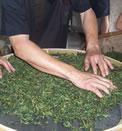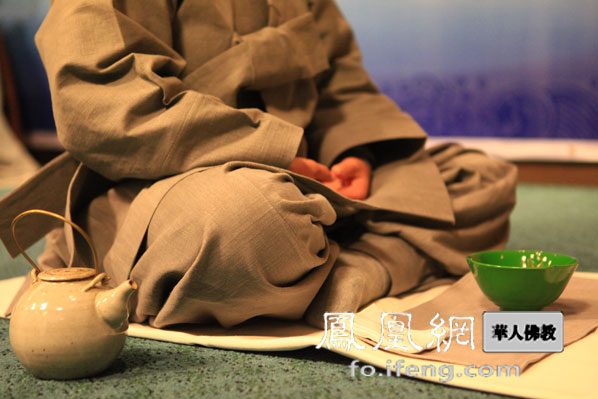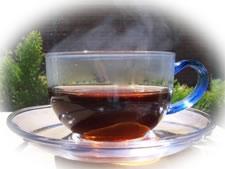The elevation of tea spirit
Teas, green tea, white tea, yellow tea, Oolong, black tea, Hei Cha and Pu-erh tea, have been consumed in China for more than 2000 years. 
Today, it has developed into a much higher level of significance in many tea drinkers' life than merely a beverage to crunch the thirst.
Following are the six levels of elevations:
- A beverage
- A social media. 以茶会友 (greeting friends with a pot of tea) is a Chinese tradition that represents hospitality and respect. It has become a media for socializing for the young generations in more modern time, similar to coffee.
- The appreciation of their physical qualities, such as appearance, aroma, flavor and aftertaste etc.
- A stage where a tea is experienced by one's body, but not just taste buds or nose. The senses of cleansing, balancing, calming and wellbeing. (These have been validated by the health benefits researched and reported by modern researches.) This is considered to be the point of not return - tea becomes an essential part of one's life.
- The art of tea. Tea drinkers start paying attention to the environmental conditions such as location, tea ware to use, water for brewing the tea and the people to enjoy the tea with. Many tea rituals have developed as the results, such as various tea ceremonies.
- The spiritual elevation and connection with the tea, when all is required is a cup of tea and the person drinking it. It is state of simplicity, purity, exclusiveness and focus. This is used by many, such as Buddhist monks, as an aid for meditation.

 Teas have been consumed in China for at least 2000 years. For a long history they were largely produced and consumed locally as local produce. I still remember the days of my grandmother going to the local farmers’ market to purchase her tea supply. As the result, most of them have been typically named with two components: the name of their birth place and the name of the tea, such as
Teas have been consumed in China for at least 2000 years. For a long history they were largely produced and consumed locally as local produce. I still remember the days of my grandmother going to the local farmers’ market to purchase her tea supply. As the result, most of them have been typically named with two components: the name of their birth place and the name of the tea, such as  We have witnessed the traditional
We have witnessed the traditional  Buddhism was first introduced to China during the Han Dynasty and meditation was part of the core practice. Buddhist monks mediated for long periods day and night. Their diet was constituted of vegetarian and none-alcoholic ingredients. Tea was considered to be an essential for the purpose of enhancing the alertness during the meditation, health and well being and even long longevity by many Buddhist monks.
Buddhism was first introduced to China during the Han Dynasty and meditation was part of the core practice. Buddhist monks mediated for long periods day and night. Their diet was constituted of vegetarian and none-alcoholic ingredients. Tea was considered to be an essential for the purpose of enhancing the alertness during the meditation, health and well being and even long longevity by many Buddhist monks.

 I have ordered some premium loose
I have ordered some premium loose 